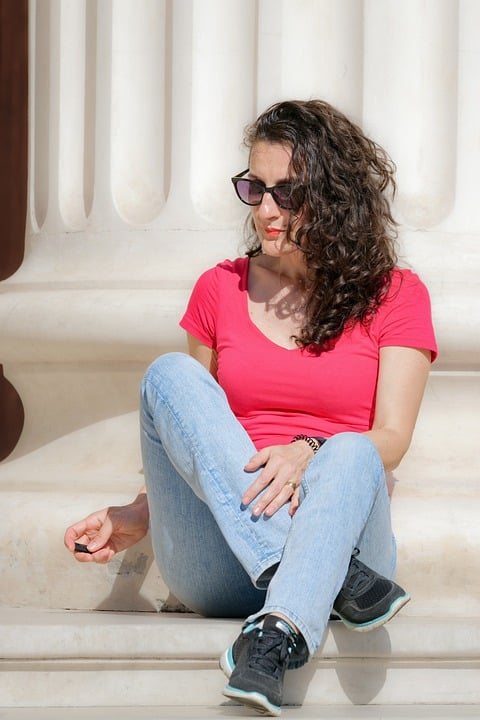In a world rich with diverse cultures and traditions, customs vary greatly from one society to another. From vibrant dances to mystical divination practices, each culture has its own unique way of expressing beliefs, values, and societal norms. In this article, we will explore the intriguing customs of different cultures, shedding light on the historical origins, current state, and future outlook of these fascinating practices.
Historical Context
The customs of different cultures are often deeply rooted in history, stemming from ancient beliefs and traditions passed down through generations. These customs serve as a link to the past, connecting modern-day society to its cultural heritage. Some customs have evolved over time, while others have remained unchanged for centuries, preserving the essence of a culture’s identity.
– Dance: Many cultures around the world have a rich history of dance, using movement and music to celebrate life events, express emotions, or communicate with divine forces. From the traditional dances of indigenous tribes to the intricate ballet of European courts, dance has played a vital role in human society for millennia. Each dance style carries its own unique symbolism and significance, reflecting the values and beliefs of the culture that created it.
– Divination: The practice of divination, or seeking to foresee the future through supernatural means, has a long and storied history in various cultures. From reading tarot cards in Western societies to interpreting tea leaves in East Asia, divination methods have been used to gain insight into personal dilemmas, make important decisions, or seek guidance from the spiritual realm. While skeptics may dismiss divination as mere superstition, believers view it as a powerful tool for unlocking the mysteries of the universe.
Current State
In the modern world, the customs of different cultures continue to thrive, despite the challenges of globalization and technological advancement. While some traditional practices have declined in popularity or been adapted to suit contemporary tastes, many cultural customs remain deeply ingrained in society. Dance performances are still a common feature of cultural events, festivals, and religious ceremonies, showcasing the beauty and diversity of human movement. Divination practices have also found a niche in the new age and spiritual communities, attracting followers seeking guidance and enlightenment.
– Dance: In today’s interconnected world, dance has transcended geographical boundaries, with dancers and choreographers drawing inspiration from diverse cultural traditions. Fusion dance styles that blend different techniques and aesthetics have become popular, appealing to audiences seeking a fresh take on traditional forms. In addition, social media platforms have provided a global stage for dancers to showcase their talents and connect with like-minded individuals from around the world.
– Divination: The practice of divination has also found a new audience in the digital age, with online platforms offering virtual readings and consultations for those seeking insight into their future. While traditional divination methods are still practiced in many cultures, modern practitioners have adapted their techniques to appeal to a wider audience, incorporating technology and social media into their practices. The popularity of astrology apps, tarot card websites, and psychic hotlines is a testament to the enduring appeal of divination in the modern world.
Future Predictions
As we look to the future, the customs of different cultures are likely to continue evolving and adapting to changing times. While some traditional practices may fade into obscurity, new forms of expression and innovation will emerge to take their place. Dance and divination, as timeless customs with universal appeal, are poised to remain relevant in the years to come, shaping the cultural landscape and enriching the lives of those who partake in them.
– Dance: The future of dance is bright, with a new generation of choreographers and dancers pushing the boundaries of creativity and experimentation. As technology continues to advance, virtual reality and augmented reality tools may revolutionize the way dance performances are experienced, allowing audiences to immerse themselves in a 3D world of movement and sound. Dance education programs and workshops will play a key role in preserving traditional dance styles and passing on the knowledge to future generations, ensuring that these art forms endure for centuries to come.
– Divination: The field of divination is also poised for growth and innovation, as more people seek spiritual guidance and insight in an increasingly complex and uncertain world. Advancements in artificial intelligence and machine learning may enable divination practitioners to harness the power of data analytics and predictive modeling, offering more accurate and personalized readings to clients. Integrating divination practices into mainstream wellness programs and mental health services could also help destigmatize these ancient practices and promote their benefits to a wider audience.
Conclusion
In conclusion, the customs of different cultures offer a window into the rich tapestry of human experience, showcasing the diversity and beauty of our shared heritage. From the rhythmic movements of dance to the mystical rituals of divination, these customs serve as a bridge between the past, present, and future, connecting us to our roots and guiding us on our journey through life. As we embrace the customs of different cultures with open hearts and minds, we enrich our own lives and deepen our understanding of the world around us. Thank you for joining us on this exploration of cultural customs, and we invite you to continue your journey of discovery through further research and exploration of the fascinating practices that bind us together as a global community.
